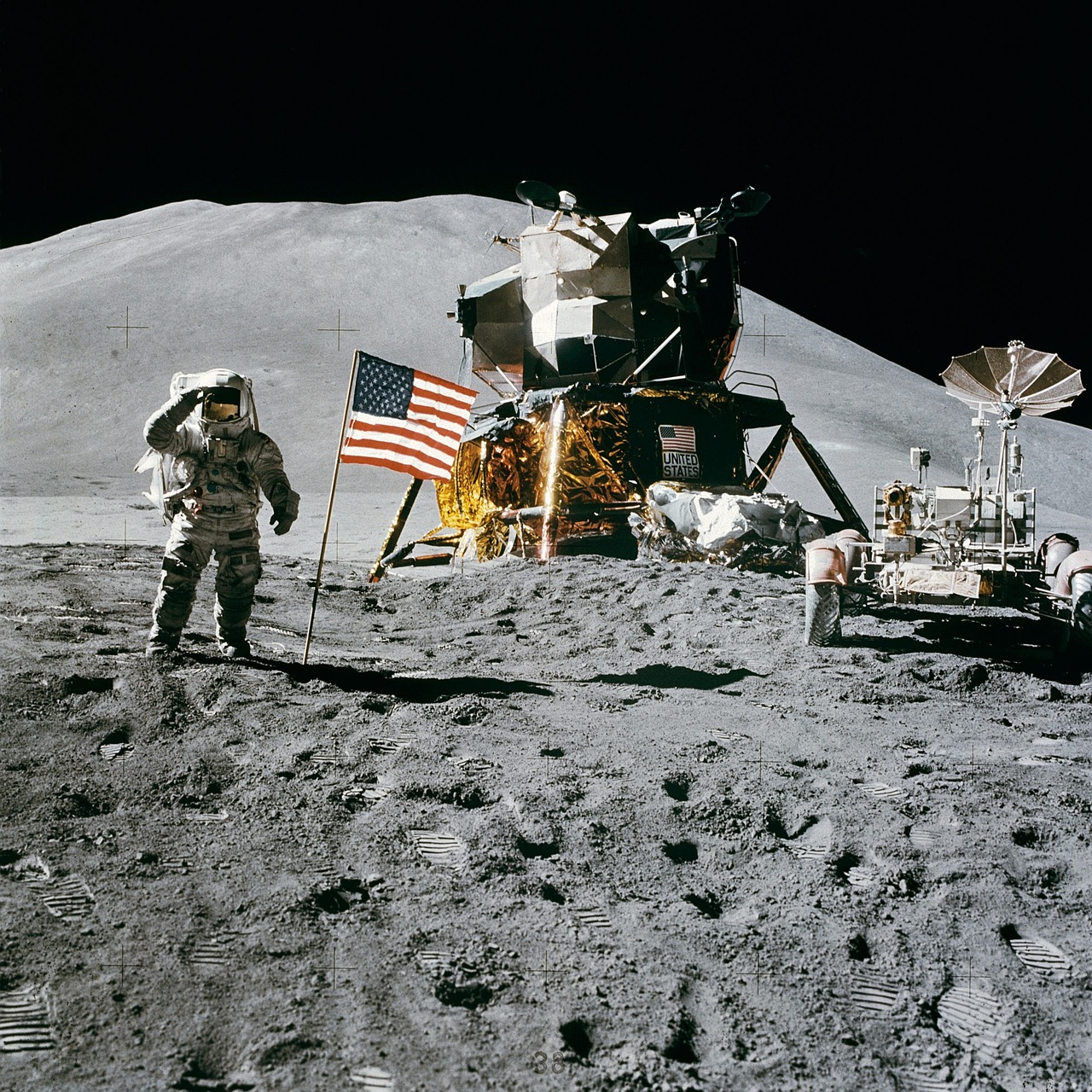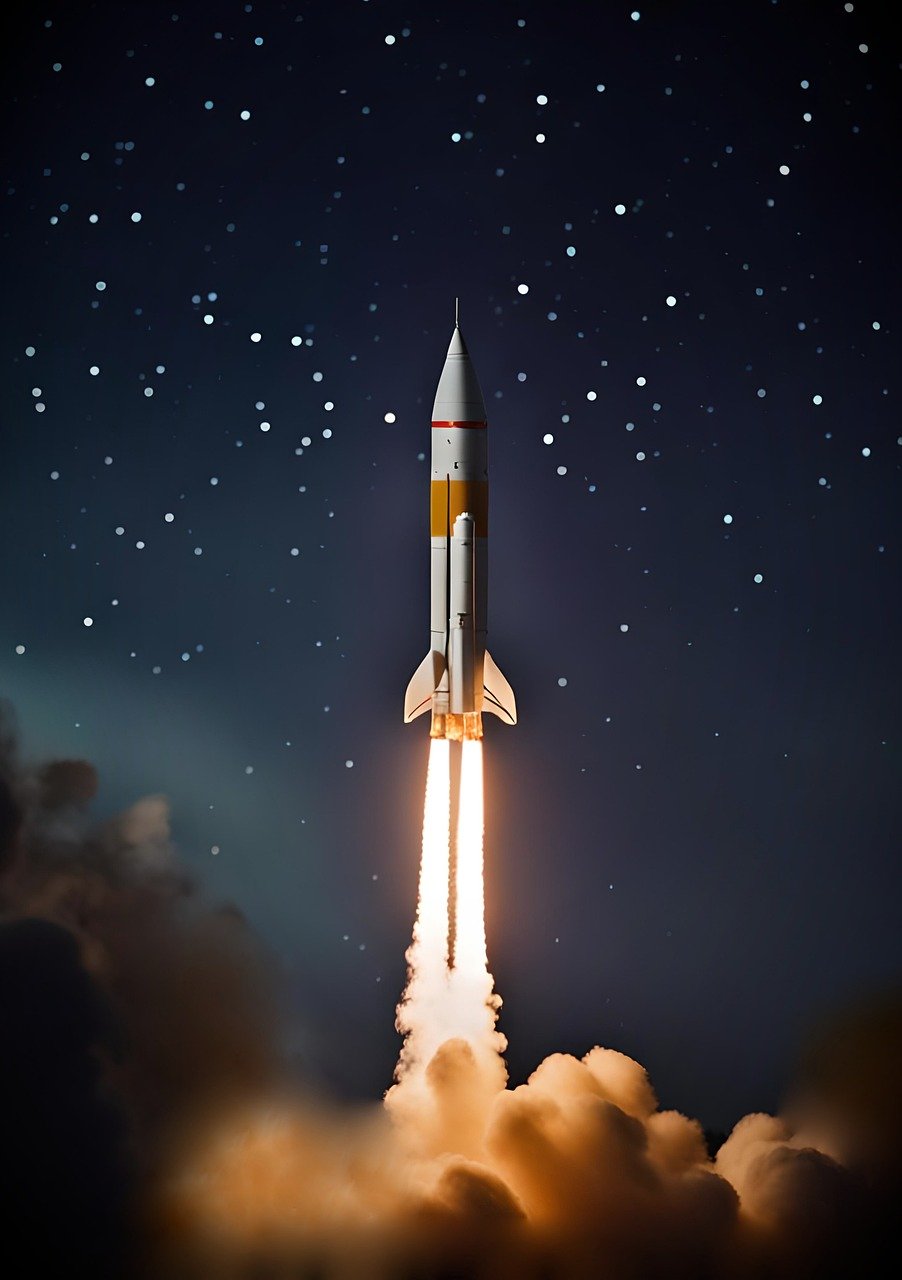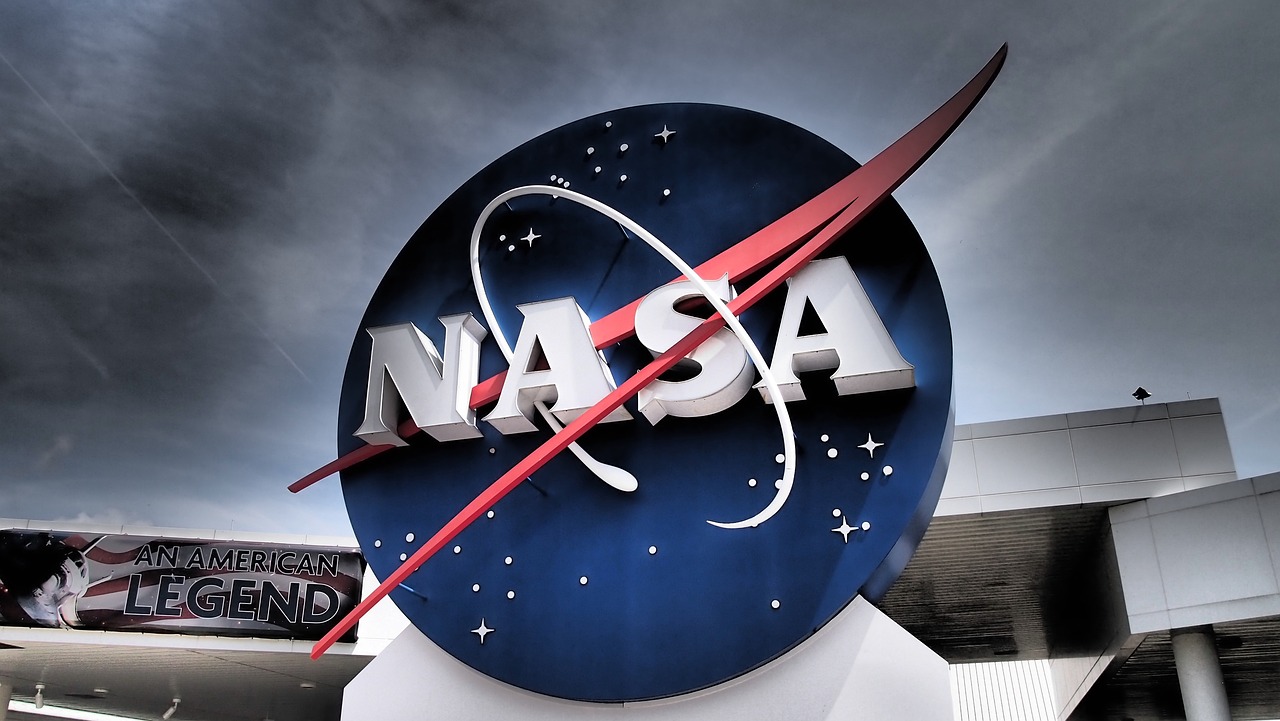NASA's ambition to construct a train track on the moon is emblematic of its commitment to pioneering advancements in space exploration through the Innovative Advanced Concepts program. The initiative, known for its penchant for cultivating futuristic ideas, has embraced the notion of a levitating robot train traversing the lunar terrain, dismissing skepticism.
Advancing into its second phase within NASA's Innovative Advanced Concepts program (NIAC), the "Flexible Levitation on a Track" (FLOAT) project holds promise for revolutionizing lunar transportation. With aspirations to initiate material conveyance across the moon's surface by the 2030s, NASA underscores the significance of establishing a robust lunar railway system. Ethan Schaler, the project's lead and a robotics engineer at NASA's Jet Propulsion Laboratory, underscores the imperative of creating a dependable, autonomous, and efficient payload transport mechanism to support forthcoming lunar endeavors.
Envisioned within the blueprint of FLOAT is a fleet of magnetic robots gracefully hovering over a specialized three-layer film track, meticulously designed to mitigate abrasion caused by lunar dust. These robotic envoys, equipped with carts, are slated to traverse at a leisurely pace of approximately 1 mph (1.61 km/h), facilitating the transportation of up to 100 tons (90 metric tons) of materials daily to and from NASA's envisioned lunar base.
In tandem with the Artemis mission, slated to return astronauts to the lunar surface as early as 2026, NASA is steadfast in its commitment to establishing a sustainable lunar base to bolster future space exploration endeavors. The envisaged lunar railway system stands as a testament to NASA's unwavering dedication to pushing the boundaries of innovation, poised to play a pivotal role in facilitating humanity's sustained presence on the lunar frontier.










